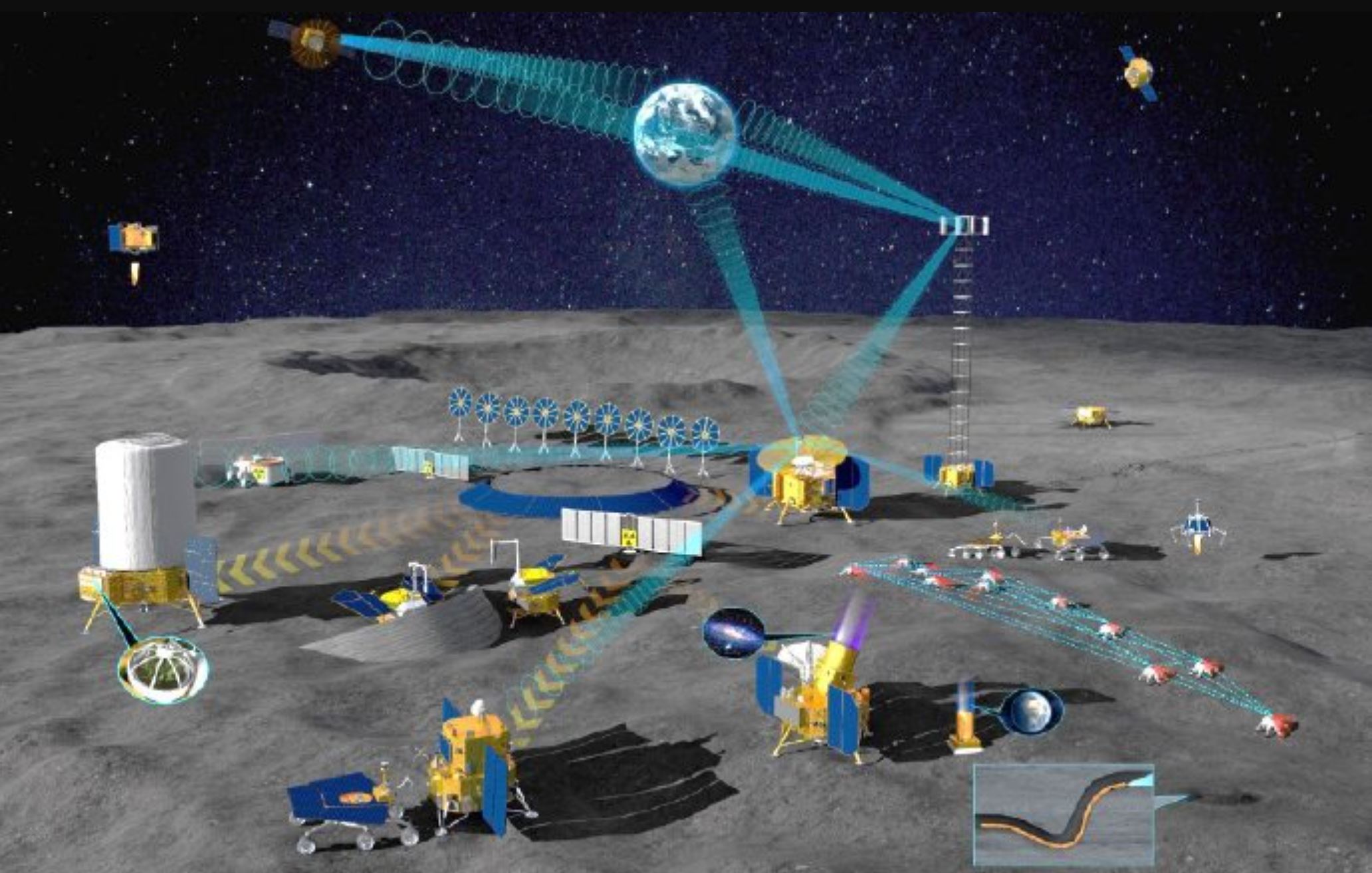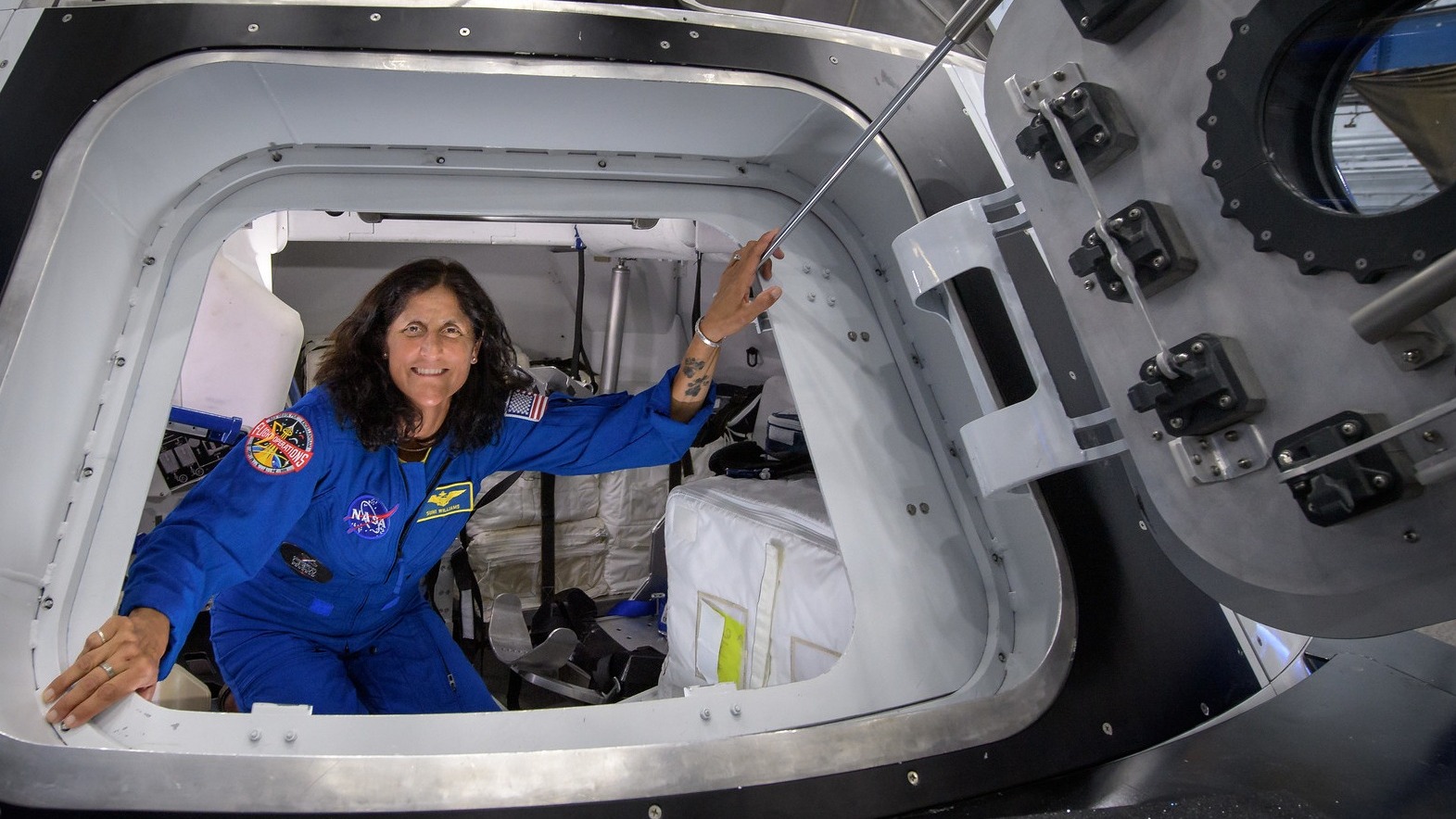
Stan Crow is an astronautical engineer with 35 years of experience in space, technology, and business roles in the U.S. Air Force, Northrop Grumman, and McKinsey and Company’s aerospace and defense practice. He now advises businesses and investors globally.
Innovation is happening in space. There is an exciting profusion of new ideas, companies, and funding in the space market. At the same time, we are also seeing pressures as investors seek to better understand their likely returns, driving more rigorous examination of space business models.
This is a healthy and important step in maturing the space innovation ecosystem. Many come to the space market from user or builder backgrounds, so naturally, early conversations focus heavily on desires and possibilities — on missions and engineering. And these are indeed critical: any successful product or service has to meet a real need, and it has to work.
But just as critical are business fundamentals like revenue and cost — the essential determinants of profitability and, therefore, investment returns. As these conversations come to the fore, it is reasonable to ask: “Is there anything unique about understanding the profitability of space businesses, or are they just the same as terrestrial ones when it comes to evaluating financial success?”
As I have participated in many such discussions recently, I have identified four factors that apply distinctively to space businesses. These factors derive from both engineering and market dynamics and can help inform both company strategy and investor decision-making.
1. Productive Volume/Mass: Support Ratio.
This relates to engineering measures like payload fraction or military concepts like tooth-to-tail. But in a business context, it focuses on the relative portion of a system that generates user value (and therefore revenue) instead of getting the system’s value-producing parts in position and keeping them operating. Many space systems struggle because they are trying to target a part of the market with too small a payload delivered relative to launch costs or too little capacity relative to operating costs. Successful businesses will tailor designs and financials considering what portions of the system are revenue and cost-generating.
2. Function: People Ratio.
This is analogous to the first ratio but specifically looks at the labor intensity of business value. In the most extreme case, this examines human operators in space, almost always the most support resource-intensive drivers of any system. But beyond this, humans on the ground can be required to build flight hardware, manage orbital operations, and process data. Most parts of the space business value chain are amenable to automation, so all things being equal, companies effectively deploying automated processes and tools will have more favorable cash flows. And as rapid advances in AI and machine/robot learning continue, companies with automation in their development roadmaps will be more competitive in the long run.

3. Utilization/Network Effect.
One of the truly exciting aspects of the space ecosystem is the transition from independent, closed systems to networks. In a non-networked system, a given piece of hardware or software will only provide benefit to (and therefore extract revenue from) that system’s explicit user base. But in a network, service providers can market their spare capacity, or, better, target from the outset all users in a given niche. Thus a space-based data router open to traffic from any system could operate at very high utilization rates and even implement demand pricing based on the entire network. In a hardware example, the same could go for a provider of space-based power, expendables, or delta-v to users who could depend on these services and thereby improve their own Productive:Support ratios.
4. Self-Funding Incremental Revenue Streams.
Space business plans must include a dose of reality regarding the timing and magnitude of customer acquisition and revenue growth, with reasonable recognition of the probability of program delays and engineering setbacks or course changes. Successful space businesses have clear and distinct increments of effort that generate revenue in stages, creating confidence for investors and allowing internal reinvestment in next-stage development and growth. A business plan that fails to generate early revenue and reinvestment headroom is probably not sufficiently well-tuned in the first three factors and needs to spend some time refining each stage of its roadmap.
Healthy space businesses are the key to continued innovation and expansion of this incredibly dynamic era of increasing space capability and opportunity. Creative ideas for space use cases that will benefit humanity and advance our understanding of the universe are multiplying daily. And engineering advances are putting more and more of these ideas within technical reach. With the right focus on business fundamentals, we can bring these ideas to reality.
This article originally appeared in the March 2023 issue of SpaceNews magazine.
Stan Crow is an astronautical engineer with 35 years of experience in space, technology, and business roles in the U.S. Air Force, Northrop Grumman, and McKinsey and Company’s aerospace and defense practice. He now advises businesses and investors globally.More by Stan Crow
Note: This article have been indexed to our site. We do not claim legitimacy, ownership or copyright of any of the content above. To see the article at original source Click Here













